Leeks or pearl bow over the past few decades has become a frequent guest of summer sites in Russia. This famous appearance of Luke is cultivated in the world for many centuries, it is famous for its unique vitamin and mineral composition and special taste. In cooking it is used both in fresh, dried and in canned and frozen form. You can grow it from seeds. It grows everywhere without special conditions and labor-intensive care. If you think about growing this useful culture yourself, take advantage of our advice.
Luke Speed \u200b\u200bDescription
- Leek is a fragrant twiser belonging to the genus of onions, the subfamily of the onion. Depending on the varietal features, it grows at a height of 25-150 cm.
- Leaves have a lot of leaves, they are linear lancing, bluish-green, are placed in the form of a fuel.
- In the first year, the plant increases a solid rhizome, a false bulb (it reaches 3-8 cm in the diameter and 9-12 cm long), as well as a lot of alternately arranged sheets of flat shape.
- In the second year, sometimes the color-seater will acquire, which often reaches two meters in height. By the middle of the summer, an umbrella inflorescence is formed with a lot of pink-white flowers.
- Luca seeds trigger, sleep by September, and with proper storage, keep germination up to 4 years.
- Leek has high cold-rescue qualities, needs abundant irrigation, does not grow in acidic soil.
- Depending on weather conditions in the region, sometimes grown either by a seaside, or seeded to the garden.
This is how the leek looks like in the photo:
Leek, properties and application
The history of the cultivation is stretched from the ancient period. According to reports, the birthplace of culture is anterior Asia. It was from there that sometimes moved in the Mediterranean.
Numerous excavations and ancient letters made it possible to find out that an indentured appearance of Luke-Song occupied an important place in the cooking of ancient Egypt and Rome. There he was considered food rich. His emperor Rome especially loved, believing that this food plant retains his voice during a long speech. And the gourmet of Apicius recommended adding the greens of atmosphere to the salad, and the false bulb serve as an excellent seasoning to different foods.
In the period of the Middle Ages, Spendors were actively agreed throughout Europe. However, in Russia, they learned about this culture only in the past century, when the majority did not even know how the leek looks like. Now sometimes cultivate in the areas of vegetable growing in most countries in Europe and Asia.
White skelters and young foliage of some pose have a gentle pleasant aroma and a mild taste, which gives dishes a special highlight. We can use boiled, raw, canned. In addition, sometimes use in industry to improve the taste of sauces, seasonings, concentrates.
In addition to taste, the plant has a considerable amount of beneficial properties, which supports this plant at the peak of popularity. The bow has a beneficial effect on health at gout, diseases of the musculoskeletal center, metabolism, gallstone disease, obesity. Also there is also information that the leaves of the bowlime restore the operation of the digestive system, normalize appetite, stimulate the immune function.
Use sometimes as a medicinal plant. With it, the abrasions are healing, deep cuts, are used in insomnia or diarrhea, with its help they remove the attacks of bronchial asthma.
In the raw form of leeks can be contraindicated in the exacerbation of diseases of the organs of the digestive system, but it can be used in a snap-in form.
Leek, varieties
Depending on the period of maturation, the sometimes is divided into varieties - early, secondary and late.
Early or summer varieties are sleeping with the arrival of September. The full cycle of ripening of the pose lasts 150 days, the average size of one plant is 220-340 g, the diameter of the stalk is not more than 3 cm. The foliage is thin, unintently, located alternately.
Roll early varieties:
- Columbus - sometimes with impeccable taste and light aroma. The stem with juicy leaves grows up to 80 cm, a white leg is adulthood, a large - 22 cm in height, 5-6 cm - in width. The total mass of one side of at least 400 does not need a dip.
- Vesta - fertile grade with a height of 1.5 m. Some has a soft slightly sweet taste and a well-faced aroma. Product stem mass 300-350 g
- Goliath is a mid-grade variety about 30 cm high and the mass of no more than 200 g. False bulb is small, the leaves are flat, large, with a sizhy blooming.
- Kilima is a grade with increased yield. The bleached part varies between 10 and 30 cm, the mass of 100-150 g. The taste of moderately burning, very fragrant.
The secondary is autumn varieties, sleeping closer to November. They are less damped, but have excellent taste. Ripen autumn varieties of about 180 days. The leaves of saturated green colors with a blue tide, a width of 5-7 cm. The mass rarely exceeds 240 g, the height of the bleached stalk is also modest - 25 cm.
Popular middle varieties:
- Jolyant is a good grade of Luki, landing and care for which they will not be harder thanks to high resistance to diseases. It is pretty yield, differs in a poorly formed bulb, and characteristic narrow leaves with an anthocian tint. Luke leg 25-30 cm.
- Casimir is a tall grade, resistant to fungal diseases. Flady flat, located vertically. The bleached stem grows up to 23 cm, its diameter is not more than 4 cm.
- Kamos is a compact grade with curved green leaves, which are covered with a wax raid. The stem is low - 19 cm, and the diameter does not exceed 2.5 cm.
- Tango - grade with good frost resistance. Vertical foliage of a dark green shade; Stem short - up to 12 cm, but wide - 4 cm. Plant mass 250 g.
- Bastion - grade with resistance to spots, gives a high harvest. Height of about 30 cm, the average mass - 220
At the ripening of late varieties, the pose takes 190 days. High yield and storage duration. Late varieties of leaflets are somewhat different: they are squat, wide, to the touch are tough, sizo-blue, with a wax coating.
Prospective varieties:
- Quarantine is an excellent variety with mild taste and high resistance to both diseases and weather conditions. The height of the stem is 25 cm, its diameter corresponds to 4 cm, and the middle mass - 200 g. The leaves are characteristic of winter varieties - flat, stretched into width, saturated green, on the surface is noticeable wax.
- Elephant - a yield Czech variety with excellent frost resistance, withstands a long drought. It has a spicy sharp taste and stable onion aroma. Weight - 240 g, leg length - 20-25 cm. Leaves are dense, blue-green.
- Bandit - Dutch tall grade. The plants have a massive thickened stem, the leaves are vertically, their color is deep green, taste is a slightly ground with a sweetly aftertaste. Suitable for very long storage.
- Autumn giant is the heritage of Dutch breeders. A high leg variety is 30 cm, diameter - 8 cm. The taste is moderately burning, fragrant.
- ASGEOS - possesses to the measure of sharp taste. Foliage of a relaxed green color with barely noticeable bluish tump. Weight - 300-340 g, the height of the stalk - up to 23 cm.
- Mercury - This variety is endowed with immunity to viruses. The taste of the peninsula, the leaves are gray-green, weight 180-210
Leek, growing from seeds
The vegetation phase at Luka Sights is quite long (about 20 days), therefore, it is preferable to grow this culture with a seaside method. The southern regions are exception - the seeds are immediately seen in the open ground.
Sowing Luca Seed
The first thing you need to know when to sow leeks. In the pots of sowing spend on the bind of February and March. If the seedlings are grown in a greenhouse, then the seeds are sown in April. Also grow culture on a plot under film shelter. In this case, the seeds are sown closer to May.
Sowing seeds are carried out in accordance with such rules:
- Prepare the capacity of the required depth. Considering the length of the root system, the depth of the container must be at least 12-15 cm.
- The container is pre-disinfected with a saturated solution of potassium permanganate.
- Seeds in front of sowing are immersed in thermos, poured with water with a temperature of + 45⁰s and leave for several hours.
- After that, the seed material is poured with cold water and dried.
- Farrow-humid soil poured into the container. It should be easy.
- Then the soil is slightly tamped, it is plenty.
- Seeds are sown to the surface of the soil, they fall asleep with the sand with a thickness of 7-10 mm. The distance between the lines in the container should be about 5 cm.
- Then the container with seeds are covered with a film and contain indoors with air temperature from +22 to + 25⁰С.
Leek, seedlings and care for it
- Young plants need to provide daily ventilation and spraying with warm water.
- Shoots, as a rule, appear on 10-12 days. When they proceed, the film is cleaned and exhibited a container with sprouts on the sunlight.
- The required temperature for shootouts is from +18 to + 20 ° C, at night from +12 to + 14 ° C.
- The roots of the young row are very sensitive to the cold, so foam or a piece of drywall is placed under the container.
- Watering seedlings are carried out regularly, using only warm water.
- If shoots are too thick, they are thinned.
- When the seedlings of the onions are fixed, the first feeding is carried out: 20 g of ammonia nitrates and potassium chloride are given on the water bucket, as well as 40 g of superphosphate.
Important! Young seedlings need to be protected from drafts and bright sunlight.
Leek, landing for a bed
When the seedlings grow up, and the weather conditions will become favorable, it is planted for a bed. To seed out successfully rooted and gave a high harvest, you need to adhere to some rules.
When the landing is carried out
Onion seedlings in the open soil are planted in the first half of May. By this time, seedlings are already 60 days and it is completely ready for the upcoming landing. Before the landing works, seedlings are watered well. At the time of the transplant, pruning the root and leaves by a third. It is desirable to put the seedling seedlings in the afternoon or not very sunny weather.
SUPER PREPARATION FOR LUKE SIDE
For the culture, the landing site is chosen solar, which is located away from trees, high shrubs and fences that create a shadow.
The soil is needed neutral, very fertile, with high water and air-permeable properties. Too acidic soil must be known.
Preparatory work on the landing site is beginning in autumn. The soil is drunk, 2-3 tablespoons of nitroposki contribute, as well as a bucket of compost and a teaspoon of urea to each square meter.
In the spring, a mixture of compost with humus (about 3 kg / m²) is scattered on the site (approximately 3 kg / m²) without subsequent looping of the bed.
Advice! The leek grows perfectly on the ground, where peas, tomatoes, soy, potatoes have previously cultivated.
How to plant leek
On the prepared and aligned bed, there are 12-15 cm recesses, between the plants retain a distance of 15 cm. The soil from the grocery is firmly fixed so as not to be filled back.
Seedlings of Luke Soon, the cultivation of which was carried out in the pots, boost. Do it starting on the sixth week after germination. Seedlings are endured to the street, constantly increasing the term of their stay in the air.
Before immersion of seedlings in the furrow, she shorten the roots and dip them into a solution of water, manure and clay taken in the same quantity. Then the seedlings are cheered, wipe well. After that, they are covered with spunbond for a while, and when warm weather is installed, the shelter is removed.
Leek, Growing and Care
- Curply care is watering, fertilizer, weeding, protection against disease. But the cultivation of onions-sometimes and the care of it provide for another important point - multiple hyphenation of the plant. Begin to dip someone in June. After each enclosure, the portion of the straw or dry manure is carried out.
- Twice a week, the soil is carried out in a rigorous circle. When the stems reach a thickness of 0.5-0.8 mm, in the time of loosening, the land is gradually being added in the recess. After the furrows fall asleep, proceed to enhance.
- Sufficient humidity is the main condition for the active growth of the plant. The first three days the seedlings are not watered, then sometimes watered every 5-7 days. For 1 m², approximately 10-12 liters of water is consumed.
- Falkering plants spend 4 times per season. The first time the seedlings feed on the day 20 day after landing. A mixture of ammonium nitrate (10 g) and a potassium salt (7 g) and water (5 l) is used as fertilizer. The plant on the introduction of a cowboy, as well as bird litter, speaks well. They are bred in water in a ratio of 1:20. In addition, in front of the next injection in the rolling circle, wood ash is made.
Pests and Diseases of Luke Side
- A common disease that affects sowing is a mosaic. This is an incurable viral infection that transfers. It is possible to suspect the disease along the yellowing leaves and the obvious lag of the rise in the above-ground part. It is impossible to heal some of the viruses, so the protection of the plant is reduced to agrotechnical measures. It is necessary to get rid of weeds in a timely manner, only disinfailed seeds, growing resistant to varieties-resistant varieties.
- Also more leek fungal diseases. Peronosporosis causes brown spots on the plant and makes it unsuitable for use. Rust is accompanied by the appearance of yellow fluffy spots, which consist of their fungal dispute. Over time, yellow pads are darker, which causes drying of the leaves. To combat fungi, phytosporin or copper chlorocation solution is suitable.
- A frequent culture pest is a leek fly, which is activated in May and is able to destroy most of the crop. Fly larvae quickly eat the central stem and the plant dies. To save the sowing, it is treated with wood ash or tobacco infusion.
Leek, cleaning and proper storage
The final harvest fee finish to frost. The last leek is cleaned until the air temperature reach -5⁰. Spend sometimes dig and stacked along the furrow so that he is a little pros. Then sometimes shake off from the ground, trying not to pollute the greens, and send it to storage.
You can store plants in the cellar, if the temperature mode allows. The optimal temperature is considered from +1 to -1⁰. The level of humidity is important - it should not exceed 85%. The harvest is placed vertically in the boarding boxes, on the bottom of the sand. It is permissible to store sometimes on the balcony. For this, it is also placed in detailed sandboxes.
In the frozen form of sometimes stored at -8⁰s to 5 months.
Having learned how to grow a leek, you can collect a rich harvest of this useful and delicious culture.

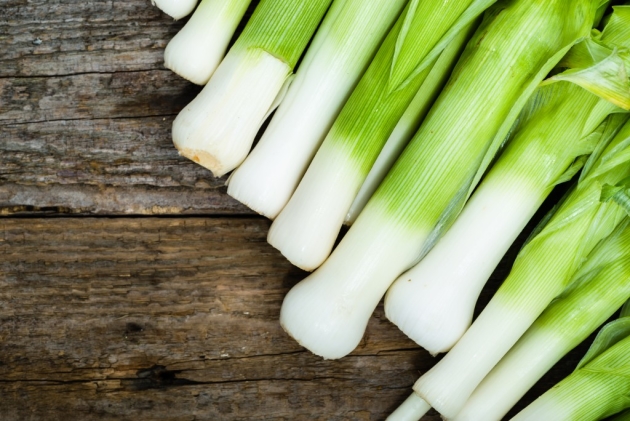
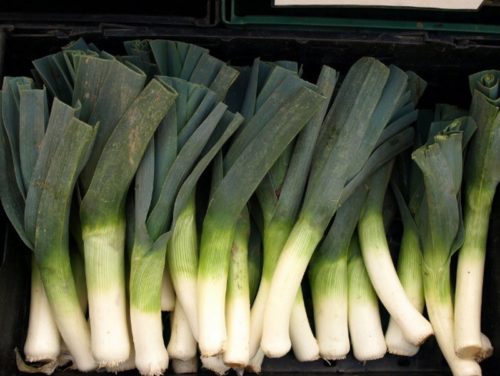
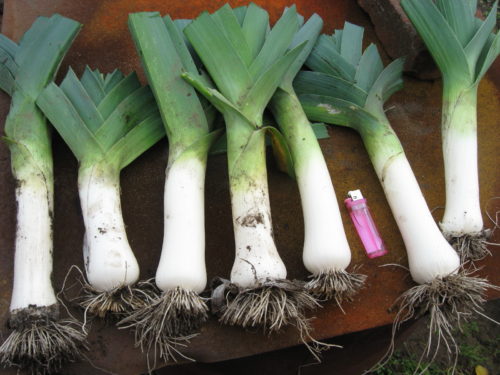
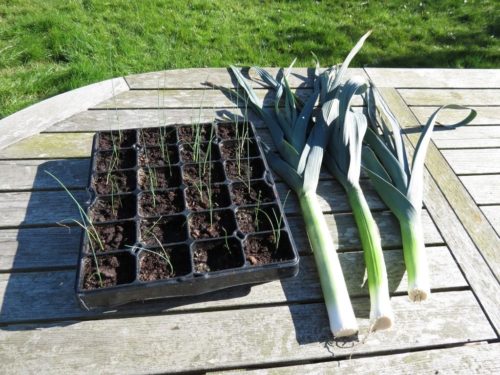
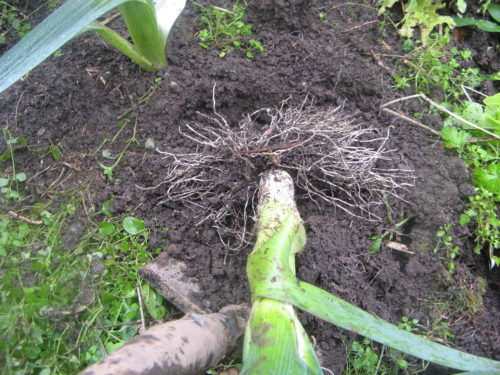
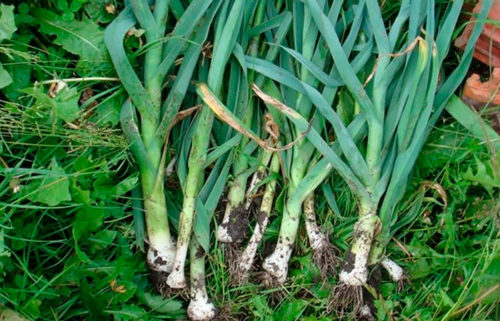
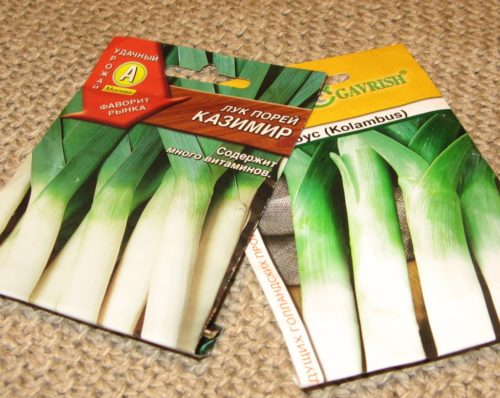
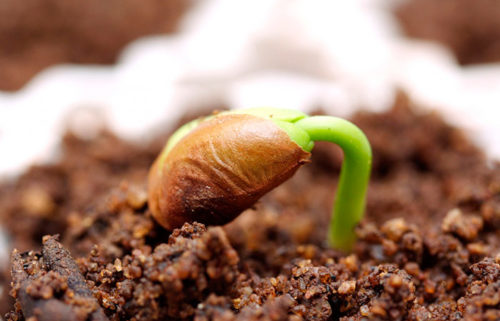
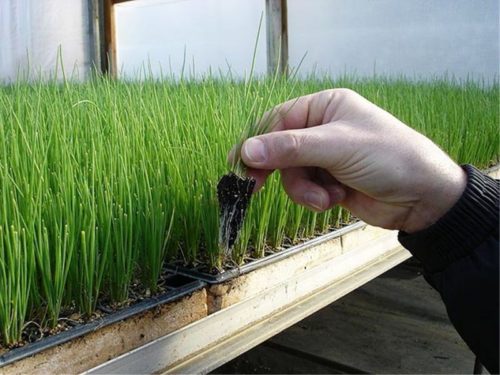
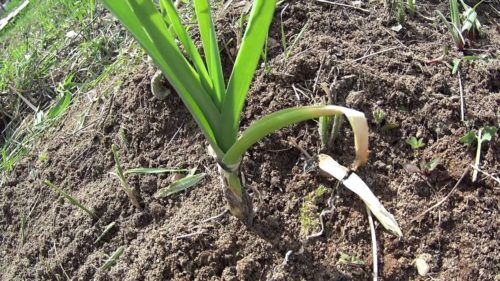
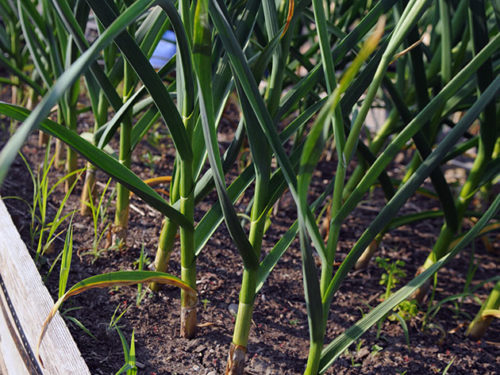
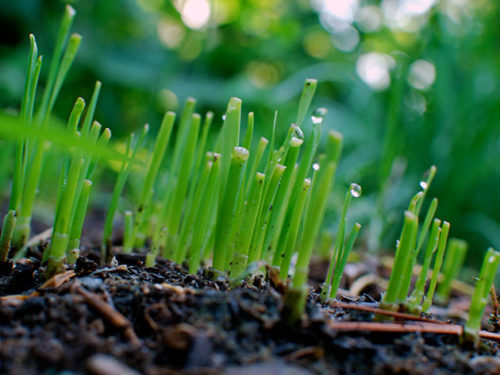
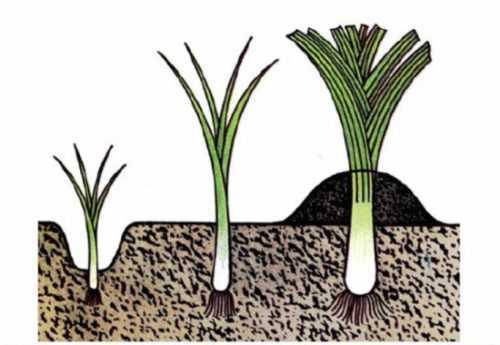
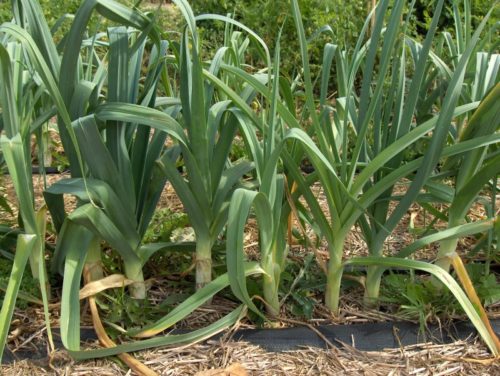
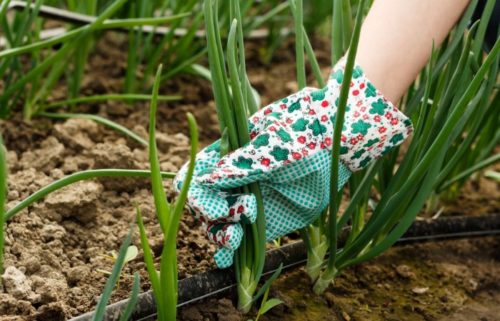
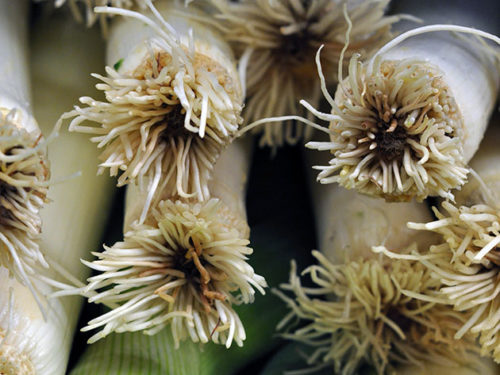













 Start a discussion ...
Start a discussion ...